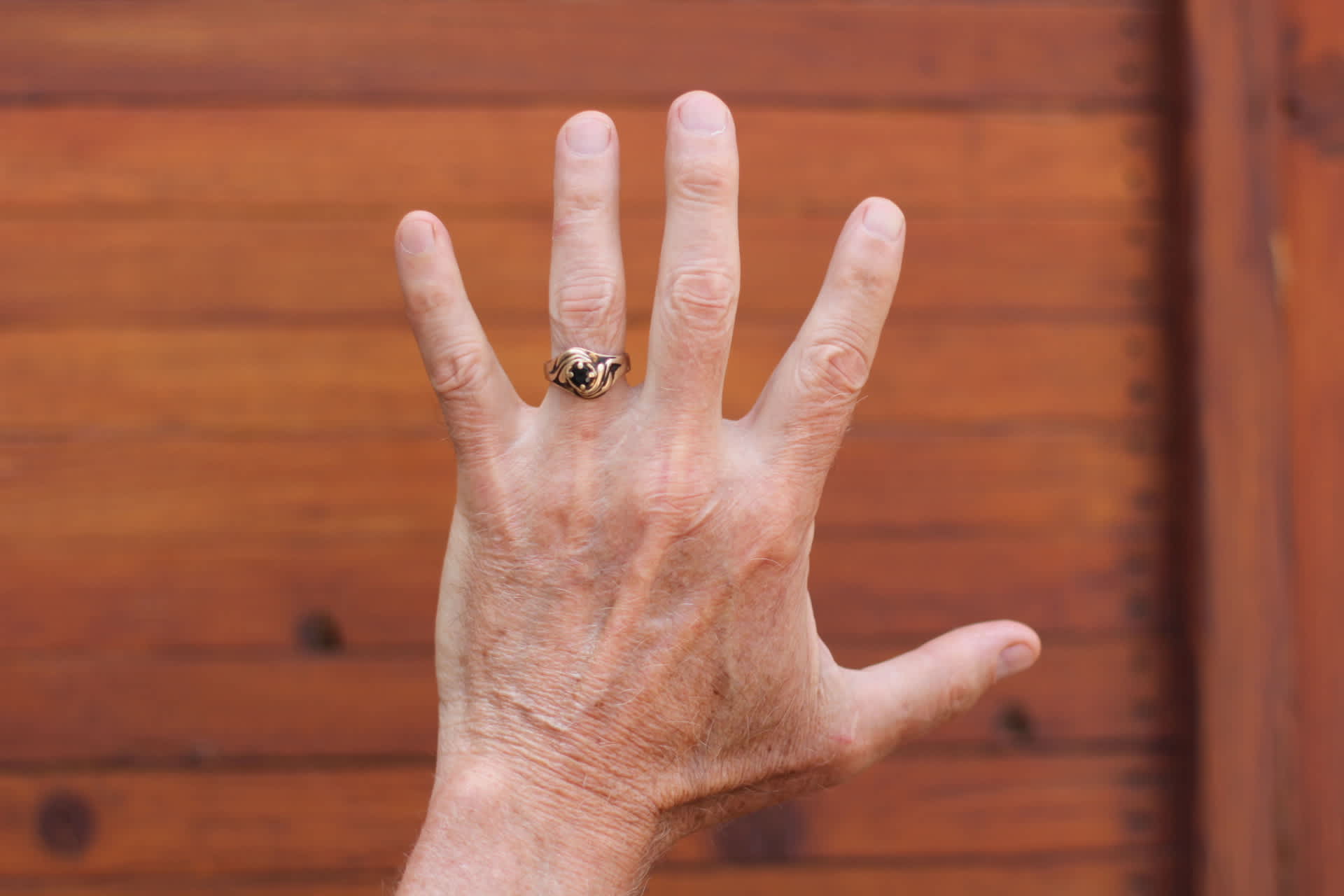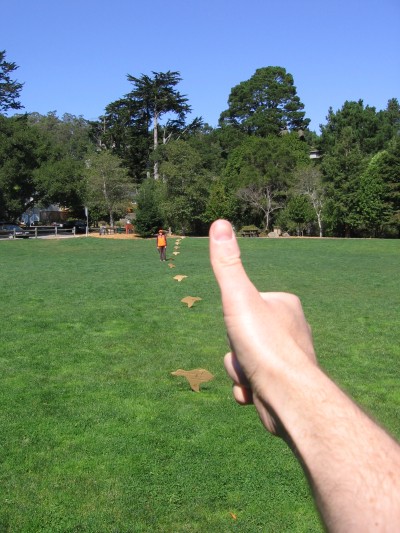The Ethical Hunter’s Helping Hand
James Swan 09.03.13

Occasionally I hear people say they took a “snap shot” at something. If you’re an ethical hunter, there is no such thing. A responsible hunter has to make a whole series of decisions before they shoot. The decision window may be compressed into a short time, but it is always there as a checklist of what must be considered before a shot is fired.
To help new hunters develop the mindset of an ethical hunter and develop a sense of self-confidence in their marksmanship, I ask you to raise up one hand—the hand with your trigger finger. If you can learn to use that one hand as a reminder of what responsible hunting is all about, you’ll be an ethical hunter and a role model for others.
Each finger on that hand represents one of the progressive decisions that a responsible hunter must make before taking a shot, because in the back of the hunter’s mind must always be the assumption that this is to be a killing shot. If it’s not a killing shot, don’t take it. Hunters may not kill something on an outing, but killing is the difference between hunting and wildlife watching. Taking responsibility for taking a life must be the foundation of the ethical hunter’s philosophy. This is reflected in the “Hunter’s Prayer”—“God, if I shoot at some legal game animal, let me kill it quickly. Otherwise, let me miss clean.”
The first finger (let’s start with the thumb) reminds you of the basic question: is it legal? Is your target in season? Is the species and sex legal? Does killing that animal break any laws? Do you have the right license with the right stamps, tags, and so on? To answer this question, you must have studied the laws thoroughly, which is not an easy task in some states. Nonetheless, that’s the first responsibility of a hunter: to be law-abiding.
The second finger stands for the question: is it safe? You always need to be aware of the ultimate trajectory of the shot in your line of fire, whether from a rifle, a shotgun, or a bow. If you can’t be sure that the shot will fall harmlessly to the land, then that shot should never be taken. Later I will show you how your hand can help you determine safe distances.
The third finger asks: is it sporting? The rules of Fair Chase were established to insure that game have a fair chance of escaping. This is often more a matter of personal ethics than law. Shooting a duck in the water may not be sportsmanlike to some, while others assert that it does not damage the breast and it’s more sporting to stalk to get into range. The same is true for shooting a turkey in the roost. Some believe turkeys should all have to be called in before shooting, others maintain it is harder to stalk close enough for a shot. In both cases the birds are sitting still, so what’s the difference?

The fourth finger stands for: is it practical? You may be able to hit that bighorn sheep standing 300 yards away on the edge of a cliff, but if you do, will it drop over the edge of the cliff and into a valley where you can’t retrieve it? The same is true for waterfowl. If you don’t have a dog, sometimes the responsible thing to do is to not shoot a duck that will fall into heavy cover or deeper water where you may not be able to retrieve it.
The fifth finger asks the question: does taking that shot represent a positive image of hunting? The future of hunting, more than ever before, depends on how the non-hunting public in general sees hunters. If you have a safe shot at a legal buck at a reasonable distance, but you are being watched by a group of wildlife watchers or a children’s field trip, maybe you should hunt someplace else.
The point here is that most people today don’t have first-hand experience with hunting. If you bag the duck or deer cleanly, that is one thing, but suppose you just wound it. Now suddenly you have a whole audience watch as you chase a wounded animal. Hunting is not a spectator sport, unless you are hunting for a show on television. People may get the wrong idea. This is one reason I believe that hunting seasons should never be held in the height of tourist season.
Your hand is also an invaluable guide in judging distances in the field. Hold your thumb up with your arm outstretched. At 50 yards, which is about the maximum distance you should be shooting at a game bird with a shotgun, a six-foot-tall man is about the height of your thumb. When you get to a duck blind, use your thumb to determine what is 50 yards away and refuse to shoot at anything beyond that distance. I drop a decoy at that distance when I am setting out the decoys—usually a black and white goldeneye that can be easily seen.
Crowding and being cut-off are some of the most common complaints of hunters in public hunting areas. You can’t take a tape measure with you into the field, but you can take your hand. Continue holding that thumb up. At 100 yards away, a six-foot-tall man will be about the height of the thumbnail. That’s way too far to shoot at a bird and have a lethal shot.
At the bottom of the thumbnail there is a white half-crescent. When you can hold your thumb up and sight it toward a person and their height is no taller than that white crescent, that person is now out of range—about 300 yards away. This distance not only helps determine your zone of fire, but it should also help determine the minimum distance you should be from setting up next to another hunter in a marsh. Admittedly, five times that distance is better, but the reality of hunting in many public areas is that you will not be that distant from the next hunter.
It takes a while to learn all that you need to know to become a seasoned ethical hunter, but all you need to remember is what each finger on your trigger finger-hand stands for and you are well on your way.

